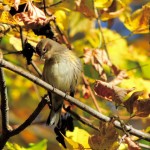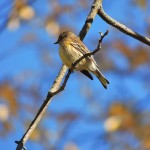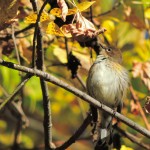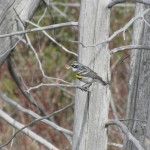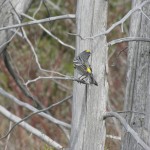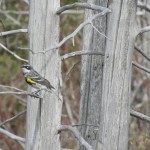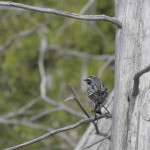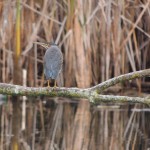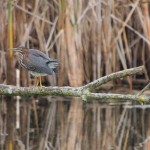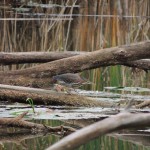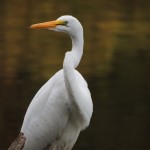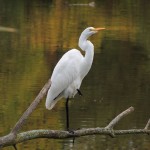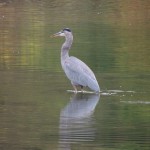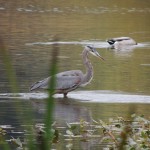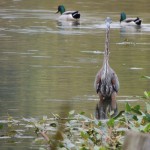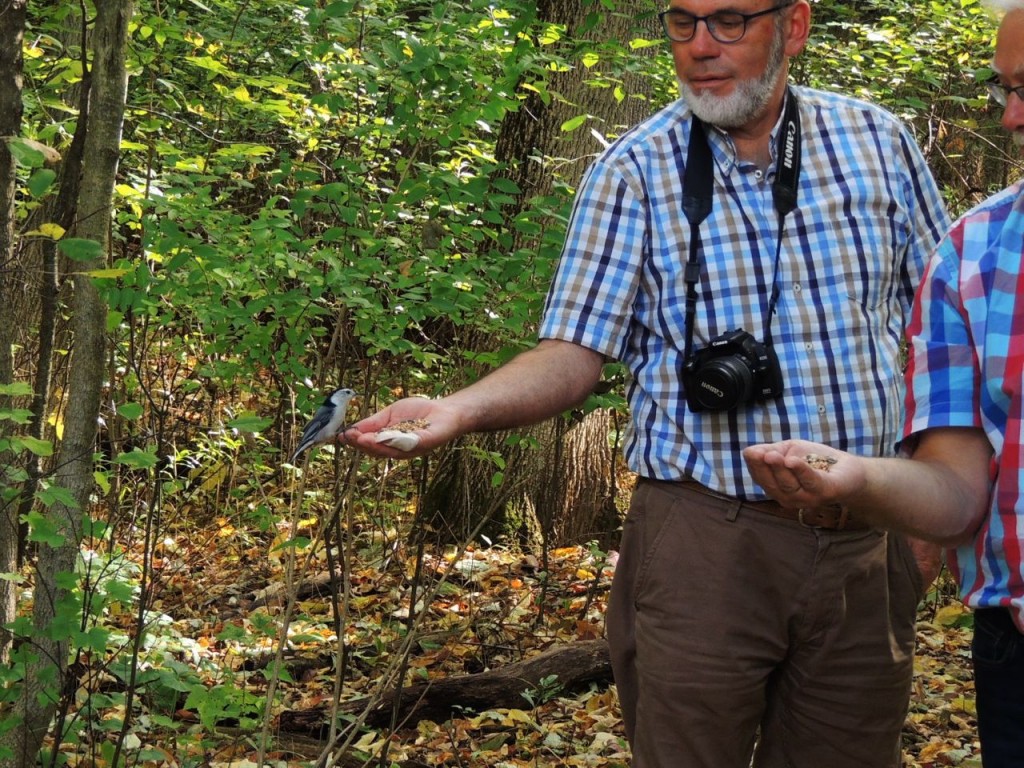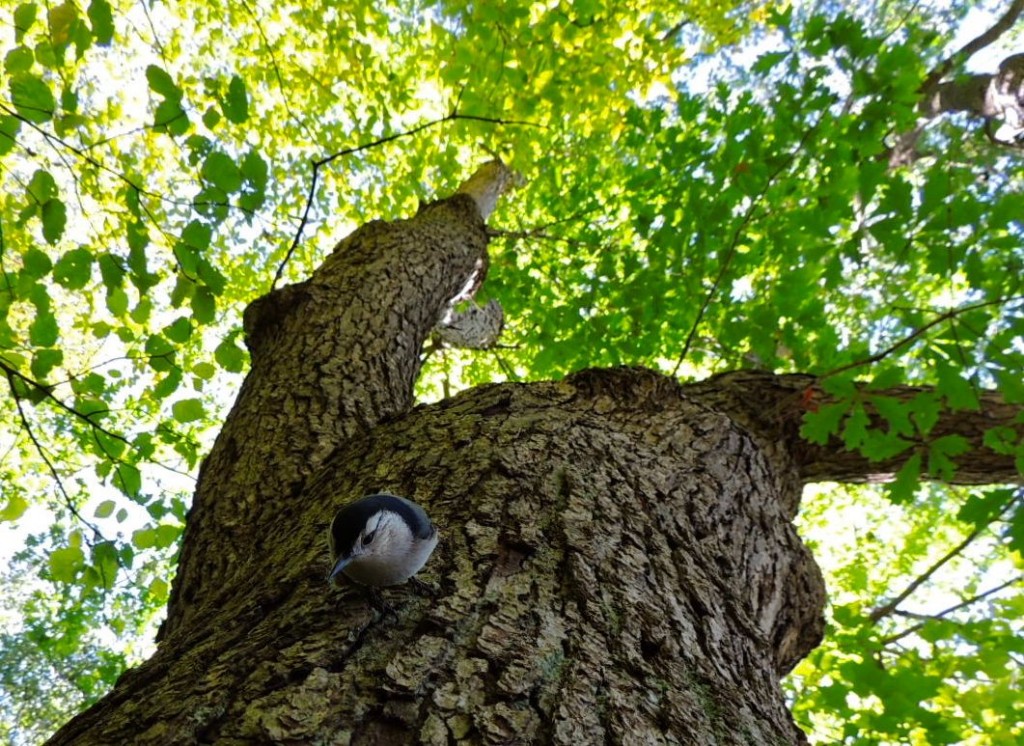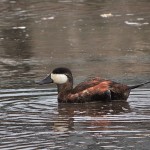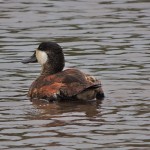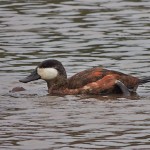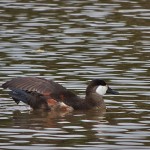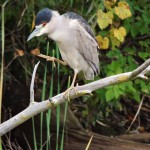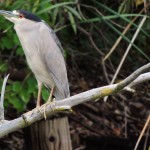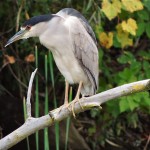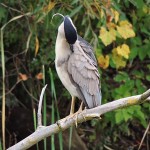17 October 2013. Hamilton ON. With an hour or so to fill before a rather formal ‘Through you Mister Chairman’ meeting I wandered slowly through the quiet marble and yew avenues at our local graveyard. It’s a good place for birds, quite apart from being as quiet as a graveyard should be, its on a migratory fly-way, there’s plenty of tree cover and some commanding look-out pinnacles. A large tiered headstone makes a good place to get comfortable and wait quietly. It was an afternoon of little birds, mostly Golden-crowned Kinglets, Black-capped Chickadees, White-breated Nuthatches and Brown Creepers. Brown Creepers always seem to take me by surprise, not in a startled way, more of an’ Oh that’s neat’ surprise. Just when you think you know what’s around suddenly this little brown mouse of a bird drops to the base of a tree in front of you and starts its rapid climb up the trunk picking and prying for insect food. They move quickly, rarely showing long enough or moving straight enough for me to get a good photograph, however either this one was obliging or I’m getting better at ambush photography.
This post contains photos only visible if you’re on the website, not if you’re reading this as an email.





